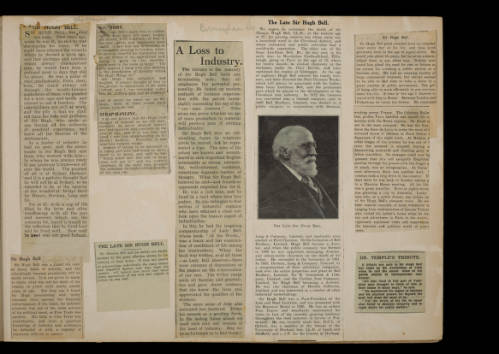Trevelyan Albums
Albums of family photographs and ephemera depicting the private and public life of Sir Charles Philips Trevelyan and Mary ‘Molly’ Trevelyan of Wallington from 1894 to 1950.
The Trevelyan albums are a collection of 39 bound scrapbooks dating from 1894-1950 depicting the family life and concerns of the Sir Charles Philips Trevelyan and his wife, Mary Katherine Trevelyan.
Newcastle University Special Collections hold several collections of multiple generations of the Trevelyan Family. The Trevelyans were an aristocratic family, originating in Cornwall, who had a residence at Wallington, Northumberland between 1777 and 1947. They were prominent baronets and held significant political offices throughout the 19th century.
Charles Philips Trevelyan was the first son of George Otto Trevelyan and Caroline Lady Trevelyan, He was educated at Harrow and Trinity College, Cambridge and ran several campaigns to become a Liberal Member of Parliament throughout the late 19th century, finally winning the contested set of Elland, North Yorkshire. He was also appointed as Parliamentary Secretary to the Board of Education during this time. He married Mary Trevelyan (nee Bell) in 1904 and the two of them divided their time between Wallington and London. Charles Trevelyan opposed the first world war and resigned his position in protest, to much criticism. His views began to align more with the newly created Labour Party movement, and he would go on to represent Newcastle as a Labour candidate in 1921.
These albums offer a unique and candid take on the life of landed gentry in the early half of the 20th Century. Although part of the Charles Phillips Trevelyan Archive they were primarily created by Mary, who went by ‘Molly’. They were gifted to Special Collections by The National Trust as an addition to the existing Trevelyan archives in 2014 and fully digitised to enable research and engagement for a broad audience.
The albums run consecutively, divided by year and present snapshots of family life. These snapshots are primarily located at Wallington, home of the Trevelyans, until it was donated to the National Trust – a major theme of a Special Collections exhibition in 2016.
The albums can be used in conjunction with the existing Trevelyan archives, Charles Edward, Charles Phillips, Walter Calverley, and George Otto, as visual aids to themes discussed in their correspondence and as a representation of the social circles of the landed elites in the 19th and 20th centuries. Key families the Trevelyan’s were associating with at the time include the Bell and Richmond families. There are also portrayals of rural life in the North-East.

Although representative of the life of wealthy families, the photographs, ephemera and press cuttings collated in the albums are pertinent examples of local politics. They also provide perspectives as to the geo-political setting in the early 20th?century, as demonstrated by newspaper cuttings, sketches and photographs documenting events of the First World War, the rise of the Nazi party, and outbreak of the Second World War.
The albums have been a source of inspiration for multi-faceted education outreach projects aimed at encouraging an interest in local and family history, the natural world and the processes of collecting in collaboration with Wallington, who continue to use the albums in their interpretation work.

